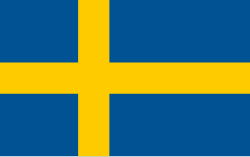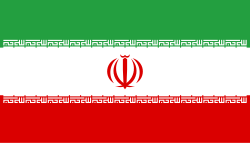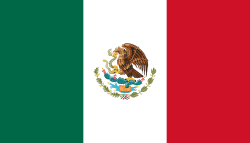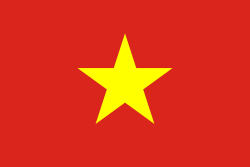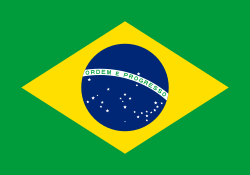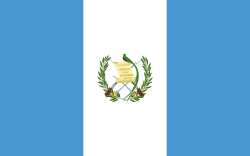Taekwondo-Weltmeisterschaften 1995
Die 12. Taekwondo-Weltmeisterschaft 1995 fand vom 17. bis 21. November 1995 in Manila, der Hauptstadt der Philippinen, statt. Austragungsort war das Folk Art Theatre. Insgesamt wurden 16 Wettbewerbe in unterschiedlichen Gewichtsklassen ausgetragen, jeweils acht für Männer und Frauen. 598 Athleten aus 77 Nationen, darunter 379 Männer und 219 Frauen, nahmen an den Wettbewerben teil.
Ergebnisse
Männer
| Gewichtsklasse | Gold | Silber | Bronze |
|---|---|---|---|
| - 50 kg | |||
| - 54 kg | |||
| - 58 kg | |||
| - 64 kg | |||
| - 70 kg | |||
| - 76 kg | |||
| - 83 kg | |||
| + 83 kg | |||
Frauen
| Gewichtsklasse | Gold | Silber | Bronze |
|---|---|---|---|
| - 43 kg | |||
| - 47 kg | |||
| - 51 kg | |||
| - 55 kg | |||
| - 60 kg | |||
| - 65 kg | |||
| - 70 kg | |||
| + 70 kg | |||
Medaillenspiegel
| Platz | Land | Gold | Silber | Bronze | Gesamt |
|---|---|---|---|---|---|
| 1 | 10 | 2 | - | 12 | |
| 2 | 2 | 2 | 1 | 5 | |
| 3 | 2 | - | 2 | 4 | |
| 4 | 1 | 1 | 4 | 6 | |
| 5 | 1 | 1 | - | 2 | |
| 6 | - | 3 | 2 | 5 | |
| 7 | - | 2 | - | 2 | |
| 8 | - | 1 | 3 | 4 | |
| 9 | - | 1 | 2 | 3 | |
| 10 | - | 1 | 1 | 2 | |
| - | 1 | 1 | 2 | ||
| 12 | - | 1 | - | 1 | |
| 13 | - | - | 3 | 3 | |
| - | - | 3 | 3 | ||
| 15 | - | - | 2 | 2 | |
| - | - | 2 | 2 | ||
| 17 | - | - | 1 | 1 | |
| - | - | 1 | 1 | ||
| - | - | 1 | 1 | ||
| - | - | 1 | 1 | ||
| - | - | 1 | 1 | ||
| - | - | 1 | 1 |
Quelle
- Ergebnisseite der WTF (englisch) (Abgerufen am 17. November 2010)
Auf dieser Seite verwendete Medien
Flag of South Korea (1949-1984)
Flagge des Irans. Die dreifarbige Flagge wurde 1906 eingeführt, aber nach der Islamischen Revolution von 1979 wurden die Arabische Wörter 'Allahu akbar' ('Gott ist groß'), in der Kufischen Schrift vom Koran geschrieben und 22-mal wiederholt, in den roten und grünen Streifen eingefügt, so daß sie an den zentralen weißen Streifen grenzen.
Chinese Taipei Olympic Flag. According to the official website of Chinese Taipei Olympic Committee, Blue Sky(circle) & White Sun(triangles) above the Olympic rings is neither the National Emblem of the Republic of China, nor the Party Emblem of Kuomintang (KMT), but a design in between, where the triangles do not extend to the edge of the blue circle, as registered at International Olympic Committee in 1981 and digitally rendered in 2013. Besides, the blue outline of the five-petaled plum blossom is broader than the red one. Moreover, the CMYK code of the blue one and the Blue Sky & White Sun is "C100-M100-Y0-K0", and different from the Olympic rings (C100-M25-Y0-K0). Note that it's the only version recognized by IOC.
Flag of Serbia and Montenegro, was adopted on 27 April 1992, as flag of Federal Republic of Yugoslavia (1992-2003).
Flag of Serbia and Montenegro, was adopted on 27 April 1992, as flag of Federal Republic of Yugoslavia (1992-2003).
Variant version of a flag of Japan, used between January 27, 1870 and August 13, 1999 (aspect ratio 7:10).
Variant version of a flag of Japan, used between January 27, 1870 and August 13, 1999 (aspect ratio 7:10).
Das Bild dieser Flagge lässt sich leicht mit einem Rahmen versehen



